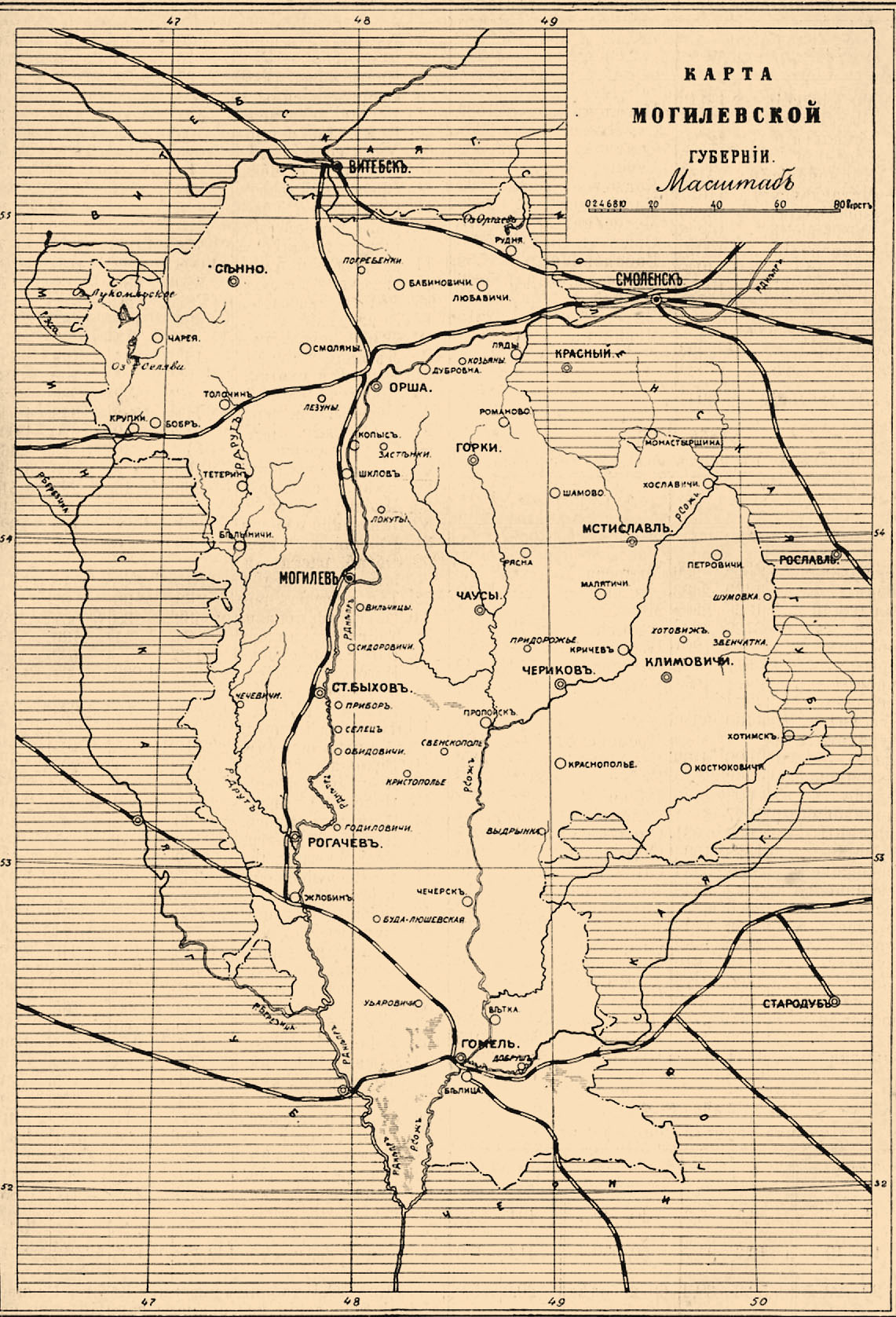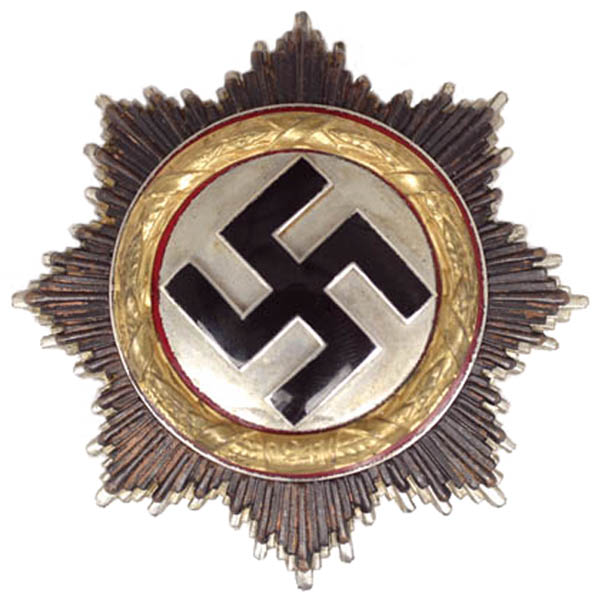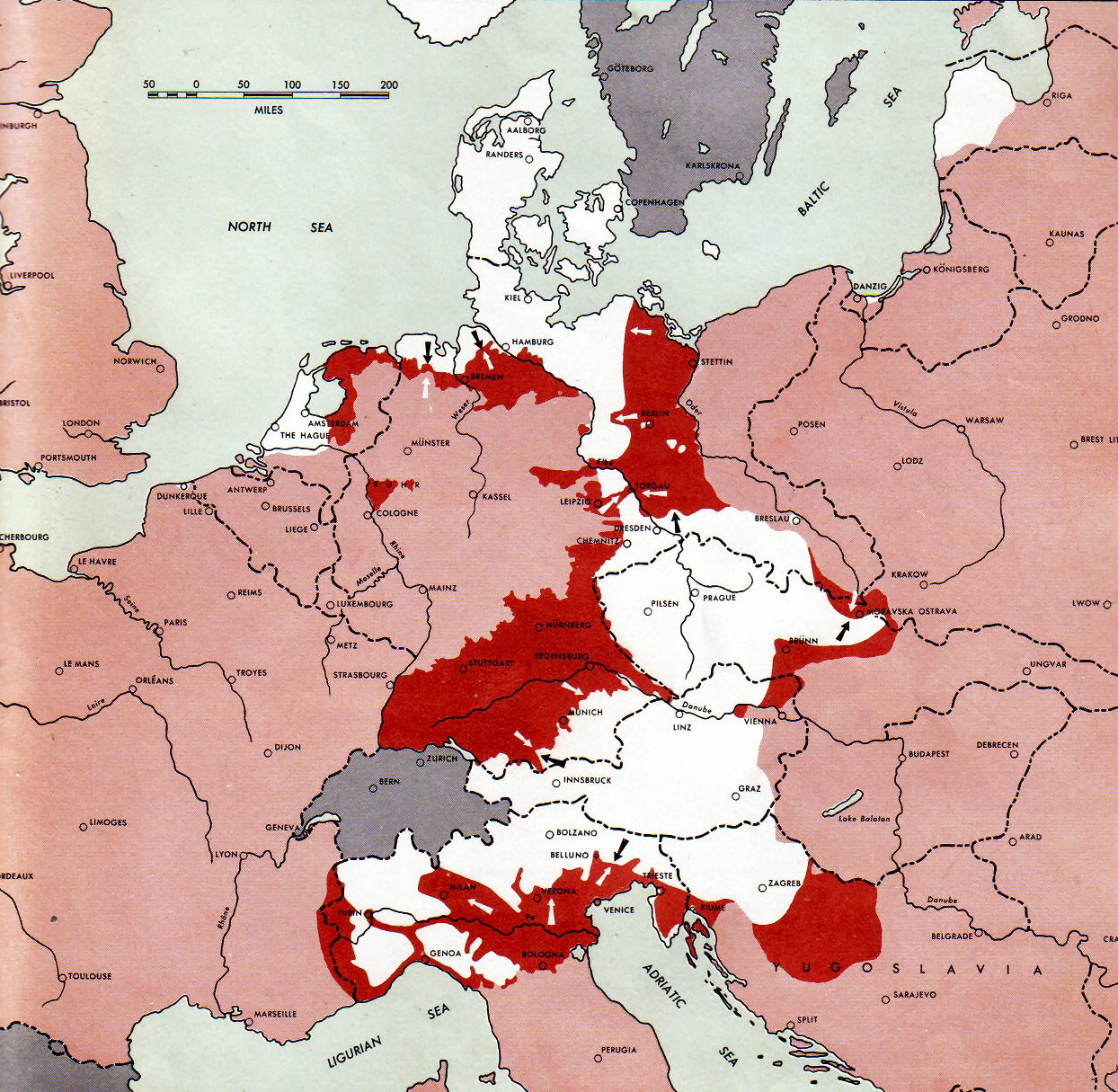|
Rudolf Demme
Rudolf August Demme (3 June 1894 – 5 January 1975) was a German General during World War II. He was also a recipient of the Knight's Cross of the Iron Cross with Oak Leaves, awarded by Nazi Germany for successful military leadership. Biography Demme joined the army reserve on 15 September 1914 as a volunteer, serving in World War I as a combat engineer, retiring from active service in December 1918. Some 18 years later, on 5 January 1937, Demme reactivated in Reserve Service of the reincarnated German Army but he became an active officer on 1 November 1941 in the rank of the Oberstleutnant. From 27 January 1937 to 1 January 1939, after the infantry training course with the Instruction Infantry regiment ''Döberitz'', he was a Head Trainer for the ''Condor'' Legion in Spain. At the same time, as an experienced pioneer officer, he was detached to Selection course with the 43rd Pioneer Battalion. From 1 January – 8 June 1939 he served as an Officer with Special Duties of OKW ... [...More Info...] [...Related Items...] OR: [Wikipedia] [Google] [Baidu] |
Mogilew
Mogilev (russian: Могилёв, Mogilyov, ; yi, מאָלעוו, Molev, ) or Mahilyow ( be, Магілёў, Mahilioŭ, ) is a city in eastern Belarus, on the Dnieper River, about from the border with Russia's Smolensk Oblast and from the border with Russia's Bryansk Oblast. , its population was 360,918, up from an estimated 106,000 in 1956. It is the administrative centre of Mogilev Region and the third-largest city in Belarus. History The city was first mentioned in historical records in 1267. From the 14th century, it was part of the Grand Duchy of Lithuania, and since the Union of Lublin (1569), part of the Polish–Lithuanian Commonwealth, where it became known as ''Mohylew''. In the 16th-17th centuries, the city flourished as one of the main nodes of the east–west and north–south trading routes. In 1577, Polish King Stefan Batory granted it city rights under Magdeburg law. In 1654, the townsmen negotiated a treaty of surrender to the Russians peacefully, ... [...More Info...] [...Related Items...] OR: [Wikipedia] [Google] [Baidu] |
German Cross
The War Order of the German Cross (german: Der Kriegsorden Deutsches Kreuz), normally abbreviated to the German Cross or ''Deutsches Kreuz'', was instituted by Adolf Hitler on 28 September 1941. It was awarded in two divisions: in gold for repeated acts of bravery or military leadership; and in silver for distinguished non-combat war service. The German Cross in Gold ranked higher than the Iron Cross First Class but below the Knight's Cross of the Iron Cross, while the German Cross in Silver ranked higher than the War Merit Cross First Class with Swords but below the Knight's Cross of the War Merit Cross with Swords. Eligibility The German Cross was issued in two versions: gold and silver (the color of the laurel wreath around the swastika). The gold version was awarded to military personnel for repeated acts of bravery in combat, or of military leadership, with 6–8 acts as a rule of thumb. The silver version was awarded for multiple distinguished services in the war effort ... [...More Info...] [...Related Items...] OR: [Wikipedia] [Google] [Baidu] |
Eastern Front Medal
The Eastern Medal (german: Ostmedaille), officially the Winter Battle in the East 1941–42 Medal (german: Medaille Winterschlacht im Osten 1941/42, links=no), was a military award of the ''Wehrmacht'' which was created by ordinance of Adolf Hitler on 26 May 1942. The Eastern Medal was awarded to any member of the ''Wehrmacht'' and ''Waffen-SS'' "in recognition of experience in the struggle against the Bolshevik enemy and the Russian winter within the period from to ." It was also awarded posthumously to any service member who died in the line of duty within the Soviet Union. It was wryly called the ''Frozen Meat Medal'' or the "Order of the Frozen Flesh" (german: Gefrierfleischorden). Criteria ''Wehrmacht'' personnel qualified for the Eastern Medal after a minimum of 14 days in active combat; 30 air combat sorties; 60 days continuous of service in a combat zone; being wounded or suffering a "frozen limb", severe enough to warrant the issue of a Wound Badge, and it could be ... [...More Info...] [...Related Items...] OR: [Wikipedia] [Google] [Baidu] |
General Assault Badge
The General Assault Badge (german: Allgemeines Sturmabzeichen) was a military decoration awarded during World War II to personnel of the German Army, Waffen-SS and ''Ordnungspolizei'' (order police) who supported an infantry attack but were not part of specific infantry units and therefore did not qualify for the Infantry Assault Badge. It was instituted by General Walther von Brauchitsch on 1 June 1940. Design The decoration, designed by the Berlin-based firm of Wilhelm Ernst Peekhaus, was an oval disk that measured by , with a depth of . A wreath of five oak leaves runs around the circumference on each side of the medal with a pair of acorns at the base. Inside the wreath is a large Wehrmacht-style eagle with folded wings grasping a swastika which itself surmounts a crossed bayonet and stick grenade. The medal was held in place on the uniform with a pin and catch, and was worn on the left chest pocket. From 22 June 1943, further classes were created, these bearing a small plat ... [...More Info...] [...Related Items...] OR: [Wikipedia] [Google] [Baidu] |
Clasp To The Iron Cross
The Clasp to the Iron Cross (Spange zum Eisernen Kreuz) was a white metal medal clasp displayed on the uniforms of German Wehrmacht personnel who had been awarded the Iron Cross in World War I, and who again qualified for the decoration in World War II. During the war, over 100,000 clasps were awarded. Description A holder of the 1914 Iron Cross could qualify for the same grade of the 1939 Iron Cross. To permit the two awards to be worn together, a "1939 Clasp" (''Spange'') was established to be worn with the original 1914 Iron Cross. It depicted a national eagle clutching an oak leaf wreath surrounding a swastika above a trapezoid bearing the year ''1939''. For the Second Class, the clasp was attached to the ribbon A ribbon or riband is a thin band of material, typically cloth but also plastic or sometimes metal, used primarily as decorative binding and tying. Cloth ribbons are made of natural materials such as silk, cotton, and jute and of synthetic mater ... of the 19 ... [...More Info...] [...Related Items...] OR: [Wikipedia] [Google] [Baidu] |
Iron Cross
The Iron Cross (german: link=no, Eisernes Kreuz, , abbreviated EK) was a military decoration in the Kingdom of Prussia, and later in the German Empire (1871–1918) and Nazi Germany (1933–1945). King Frederick William III of Prussia established it on 17 March 1813 during the Napoleonic Wars (EK 1813). The award was backdated to the birthday (10 March) of his late wife, Queen Louise. Louise was the first person to receive this decoration (posthumously). Recommissioned Iron Cross was also awarded during the Franco-Prussian War (EK 1870), World War I (EK 1914), and World War II (EK 1939). During the 1930s and World War II, the Nazi regime superimposed a swastika on the traditional medal. The Iron Cross was usually a military decoration only, though there were instances awarded to civilians for performing military functions, including Hanna Reitsch, who received the Iron Cross, 2nd class, and Iron Cross, 1st Class, and Melitta Schenk Gräfin von Stauffenberg, who recei ... [...More Info...] [...Related Items...] OR: [Wikipedia] [Google] [Baidu] |
Courland Pocket
The Courland Pocket (Blockade of the Courland army group), (german: Kurland-Kessel)/german: Kurland-Brückenkopf (Courland Bridgehead), lv, Kurzemes katls (Courland Cauldron) or ''Kurzemes cietoksnis'' (Courland Fortress)., group=lower-alpha was an area of the Courland Peninsula where Army Group North of Nazi Germany and the Reichskommissariat Ostland were cut off and surrounded by the Red Army for almost a year, lasting from July 1944 until 10 May 1945. The pocket was created during the Red Army's Baltic Offensive, when forces of the 1st Baltic Front reached the Baltic Sea near Memel (Klaipėda) during its lesser Memel Offensive Operation phases. This action isolated the German Army Group North from the rest of the German forces, having been pushed from the south by the Red Army, standing in a front between Tukums and Libau in Latvia, with the Baltic Sea in the West, the Irbe Strait in the North and the Gulf of Riga in the East behind the Germans. Renamed Army Group ... [...More Info...] [...Related Items...] OR: [Wikipedia] [Google] [Baidu] |
132nd Infantry Division (Wehrmacht)
The 132nd Infantry Division (German: ''132. Infanterie-Division'') was a German division in World War II. It was formed on 5 October 1940 in Landshut, as part of the 11th Wave of Wehrmacht mobilization, and was destroyed in the Courland Pocket in 1945. In May 1941 the units of this division participated in the suppression of the Serb uprising in Sanski Most in the Independent State of Croatia, a fascist puppet state created from Yugoslav territory. Following operations in the Balkans, the division participated in Operation Barbarossa as part of Army Group South. The division was held in reserve and did not see combat in the Soviet Union until July 27, 1941, near Koziatyn in Ukraine. The division was then involved in operations south of Kiev along the Dnieper River and later was diverted to the Crimea, where it served on the Isthmus of Perekop, Kerch Peninsula and Sevastopol front. During the Siege of Sevastopol the division captured the Fortress of Maxim Gorky. Subsequent ... [...More Info...] [...Related Items...] OR: [Wikipedia] [Google] [Baidu] |
17th Panzer Division (Wehrmacht)
The 17th Panzer Division (german: 17. Panzer-Division) was a formation of the German Army (1935–1945), Wehrmacht in World War II. It was formed in November 1940 from the 27th Infantry Division. It took part in Operation Barbarossa, the invasion of the Soviet Union in June 1941, and in the winter of 1941–42 participated in the Battle of Moscow. In November 1942, the division was sent to the southern sector of the Eastern Front (World War II), Eastern Front where it participated in Operation Winter Storm, the failed attempt to relieve the surrounded troops at Stalingrad. The division was held in reserve during the Battle of Kursk in 1943, and thereafter retreated through Ukraine and Poland, before ending the war in Czechoslovakia. Operational history Formation The ''27th Infantry Division'' was formed in October 1936 in Augsburg, Bavaria, as a peacetime division of the new German Wehrmacht. The division was mobilised on 26 August 1939 and took part in the Invasion of Poland and ... [...More Info...] [...Related Items...] OR: [Wikipedia] [Google] [Baidu] |
Führerreserve
The (“Leaders Reserve” or "Reserve for Leaders") was set up in the German Armed Forces during World War II in 1939 as a pool of temporarily unoccupied high-ranking military officers awaiting new assignments. The various military branches and army groups each had their own pools that they could use as they saw fit. The officers were required to remain at their assigned stations and be available to their superiors but could not exercise any command function, which was in effect equivalent to a temporary retirement while retaining their previous active income. Especially in the second half of the war, more and more politically problematic, troublesome, or militarily incompetent officers were assigned to the . Etymology The name does not allude to Adolf Hitler Adolf Hitler (; 20 April 188930 April 1945) was an Austrian-born German politician who was dictator of Nazi Germany, Germany from 1933 until Death of Adolf Hitler, his death in 1945. Adolf Hitler's rise to powe ... [...More Info...] [...Related Items...] OR: [Wikipedia] [Google] [Baidu] |





